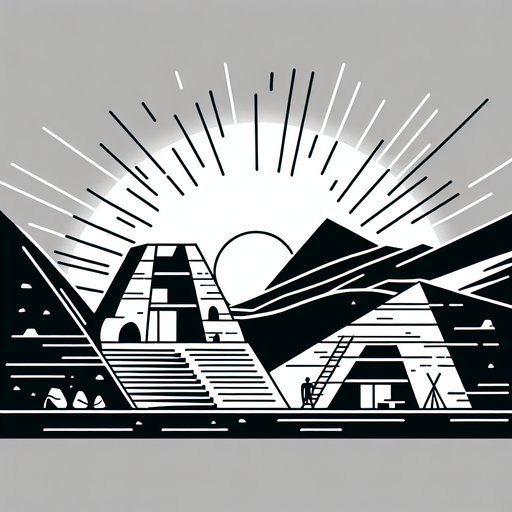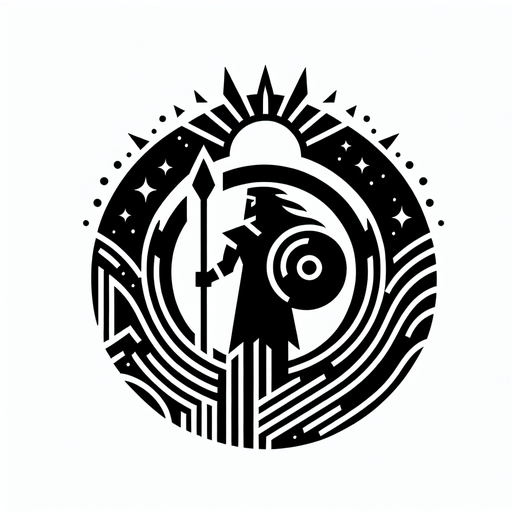Rosetta Stone
The Stone That Changed The World
In the halls of the British Museum in London lies perhaps the most significant artifact ever discovered by archaeologists: the Rosetta Stone. Found in 1799 by the French army in the city of Rosetta, Egypt, this imposing stone, weighing over 800 kilograms, once served as support for a fort wall. Unbeknownst to many at the time, it would become the key to our understanding of Egyptian civilization.
The stone became British property, along with numerous other Egyptian artifacts, when Napoleon lost the war in Egypt to England. Researchers found that the Rosetta Stone bears the same text in three scripts: Hieroglyphic, Demotic, and Ancient Greek. At the time, the two Egyptian scripts—Hieroglyphic, reserved for scholarly use, and Demotic, a simpler language for commoners—were not understood.
The inclusion of Ancient Greek, a known language, allowed researchers to begin deciphering the Egyptian scripts. But the stone did more than just unlock the language; it opened up the culture, religion, and history of ancient Egypt. Suddenly, we could read inscriptions on tombs, temples, and monuments, gaining insights into the pharaohs, their dynasties, and the beliefs that shaped their world.
The Egyptian civilization remains one of the most advanced ancient societies, with aspects like the construction of the Great Pyramids still not fully understood today. It's astonishing to realize that the key to deeper understanding lay in a stone that, just a few hundred years earlier, was thought to be better suited for building a fortified wall.
Craving more? Check out the source behind this Brain Snack!


